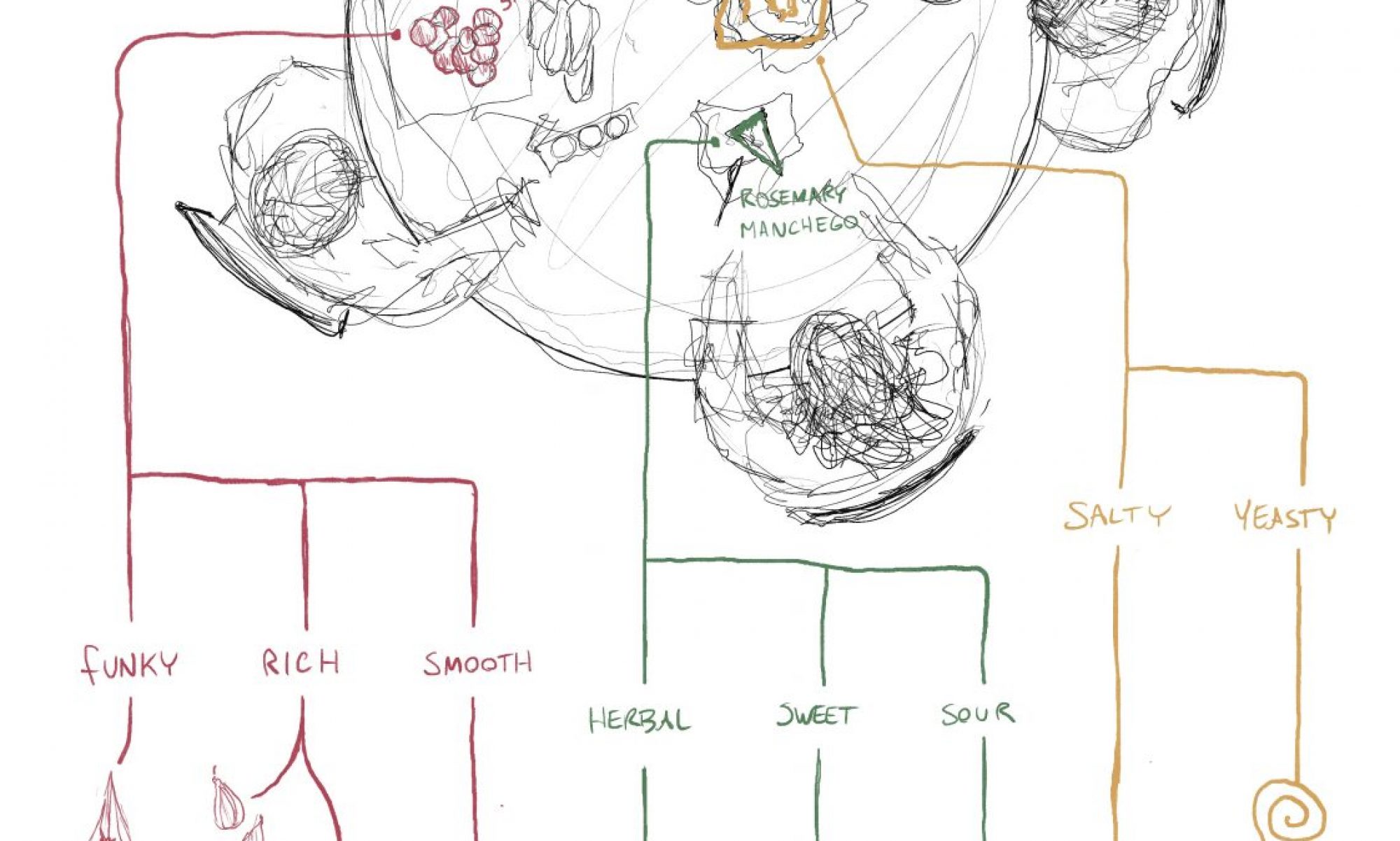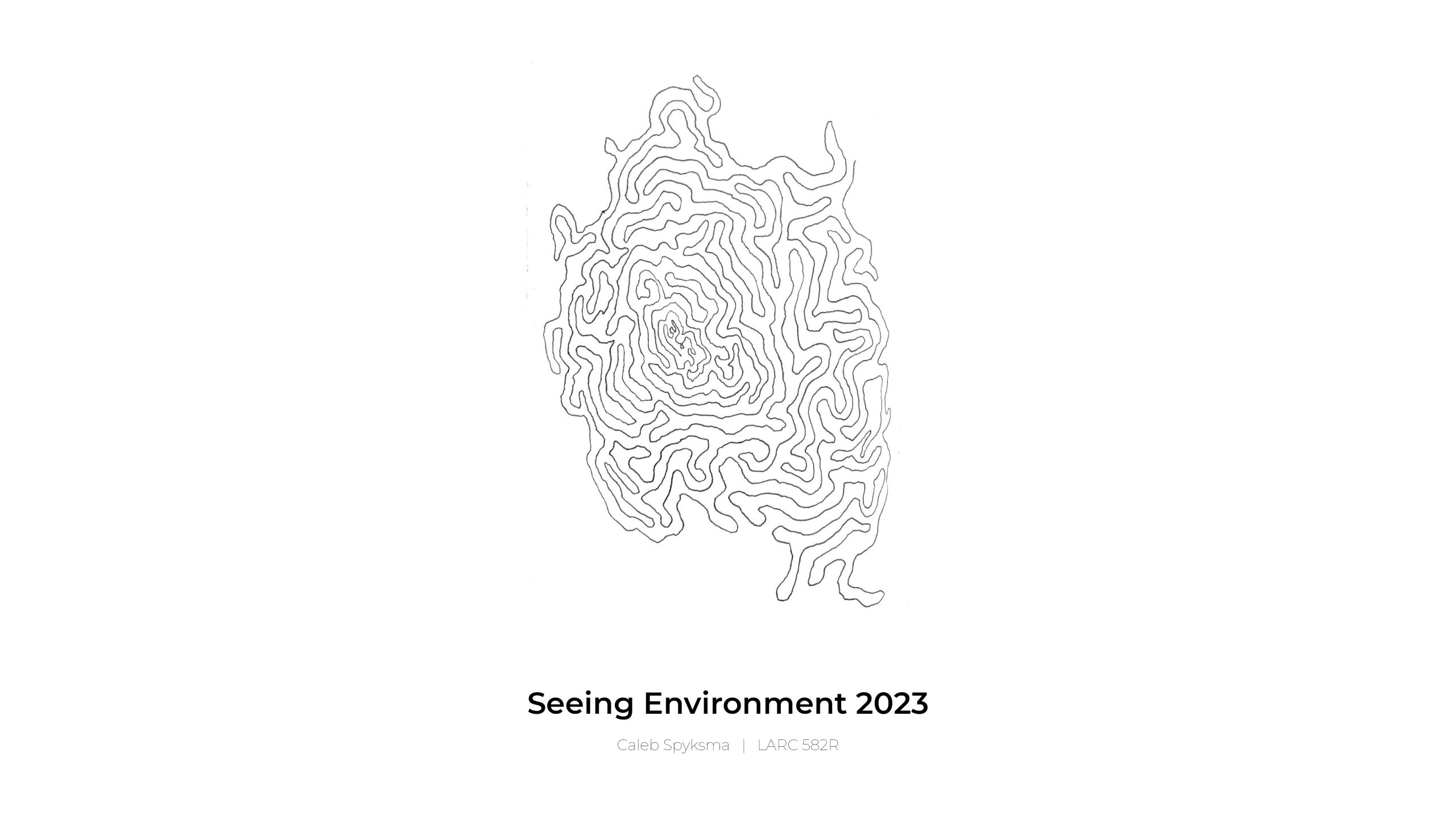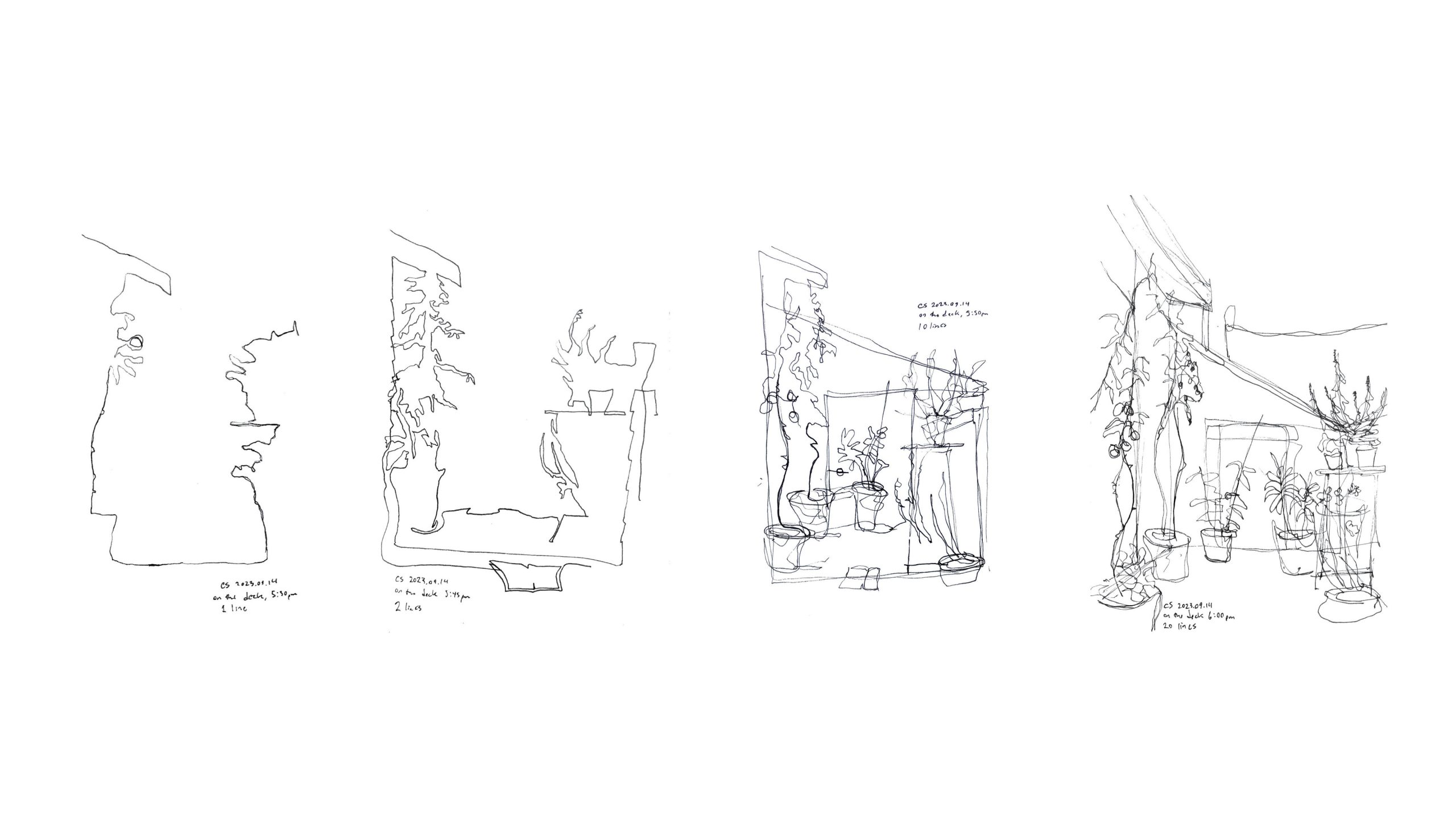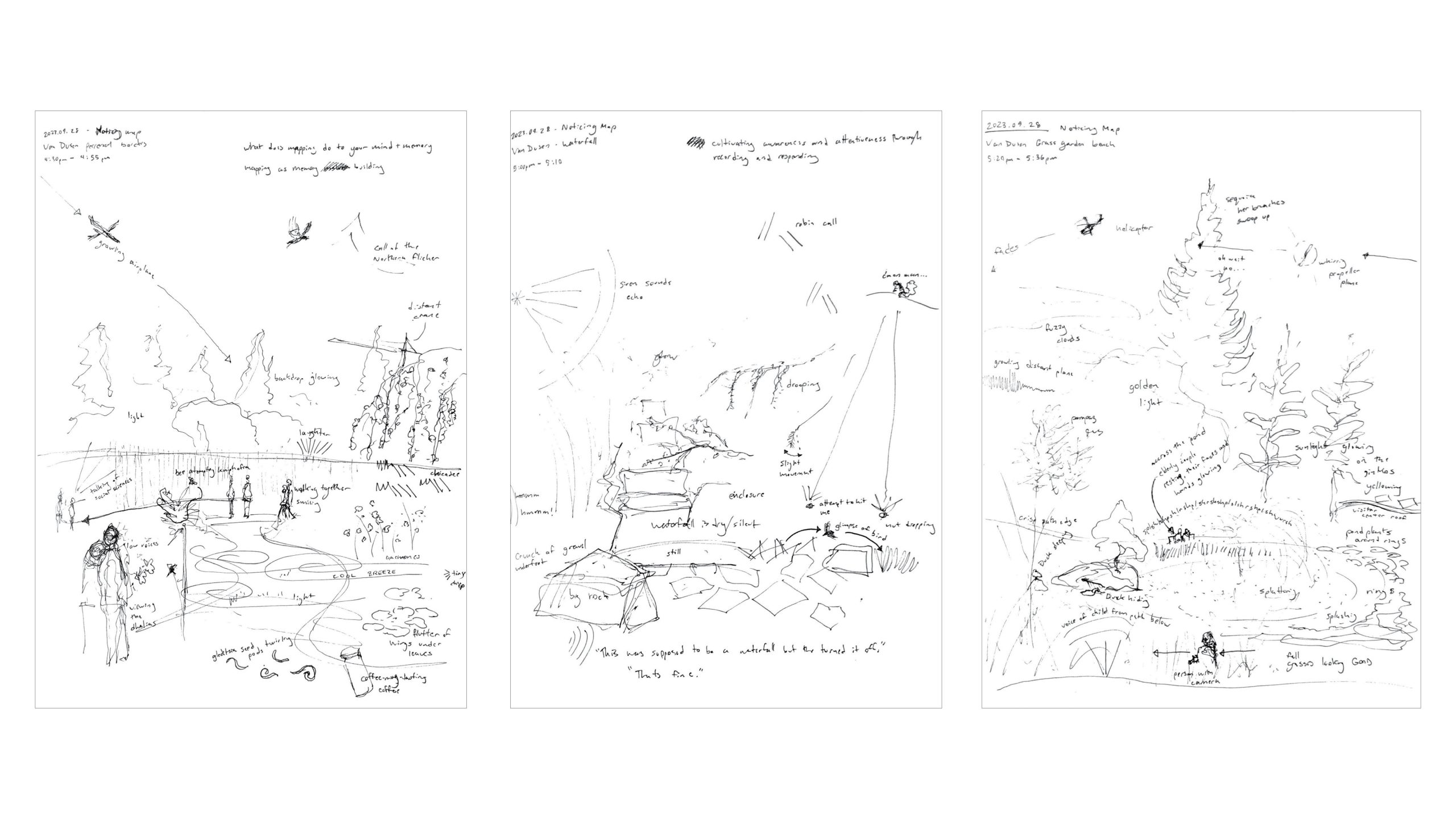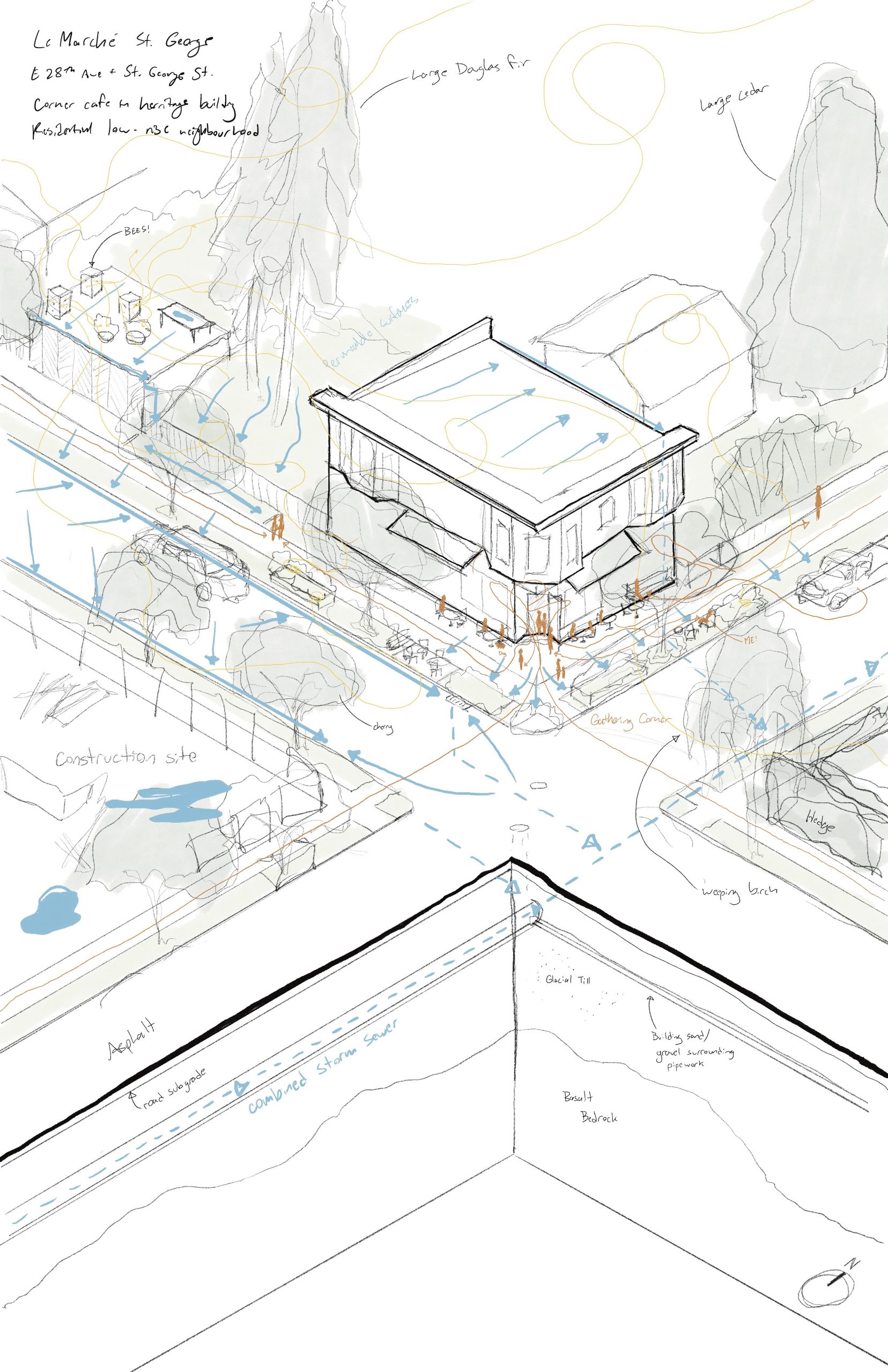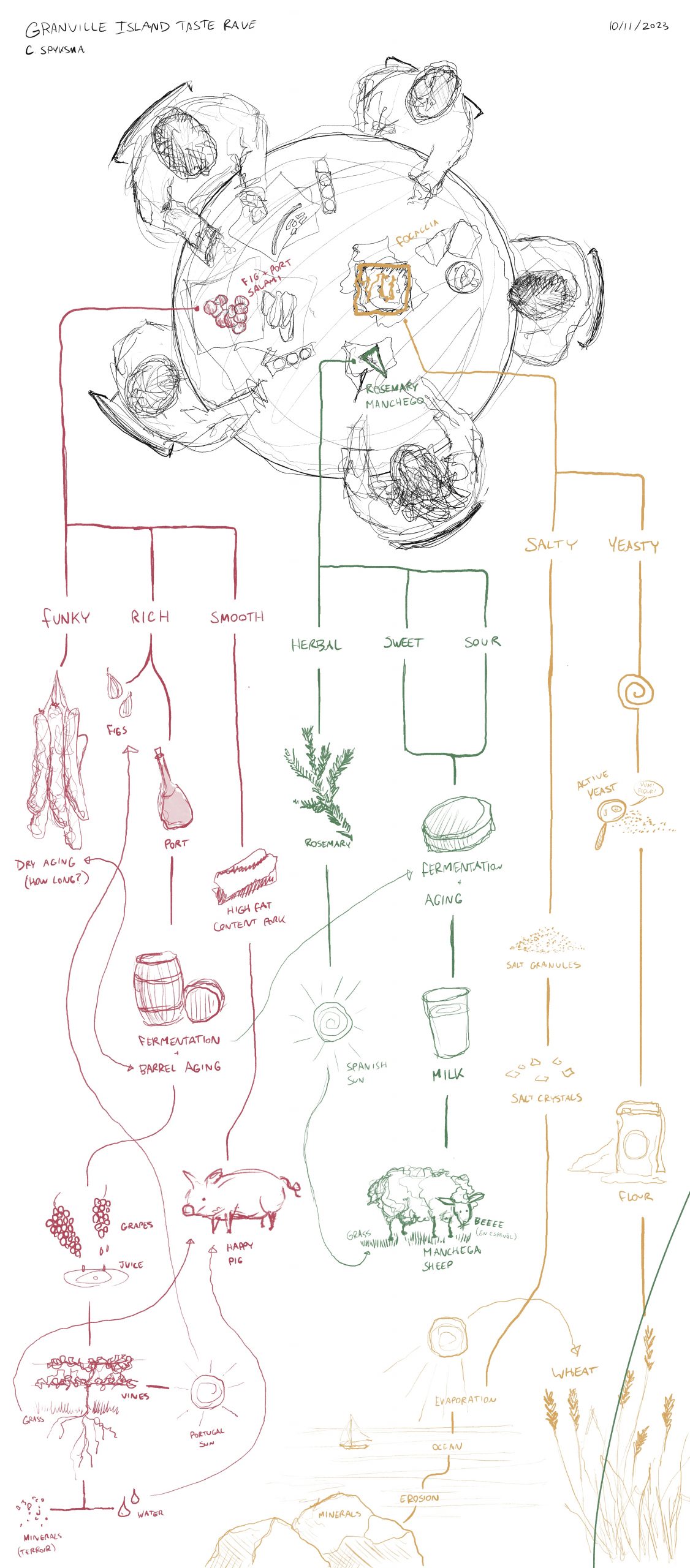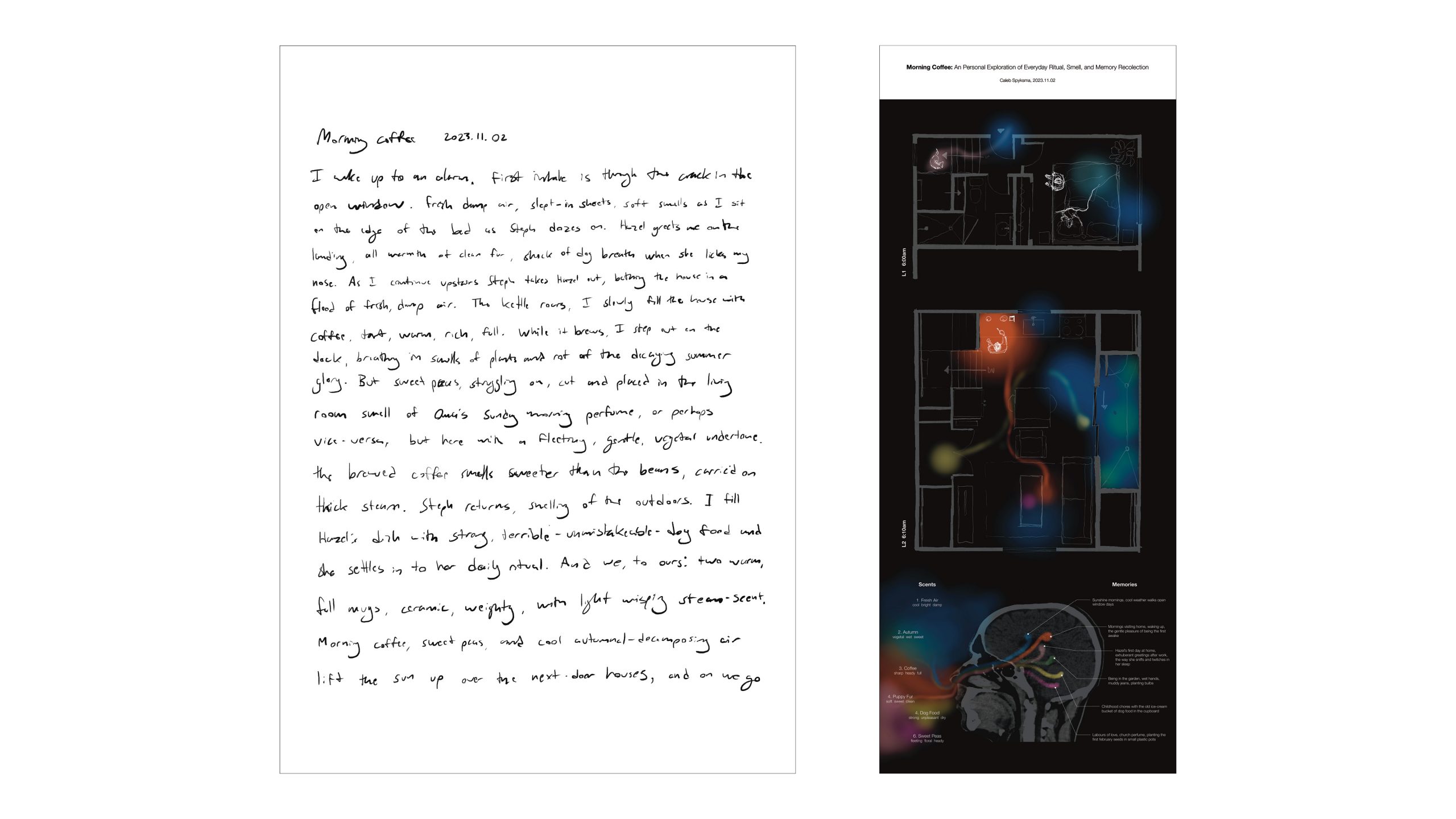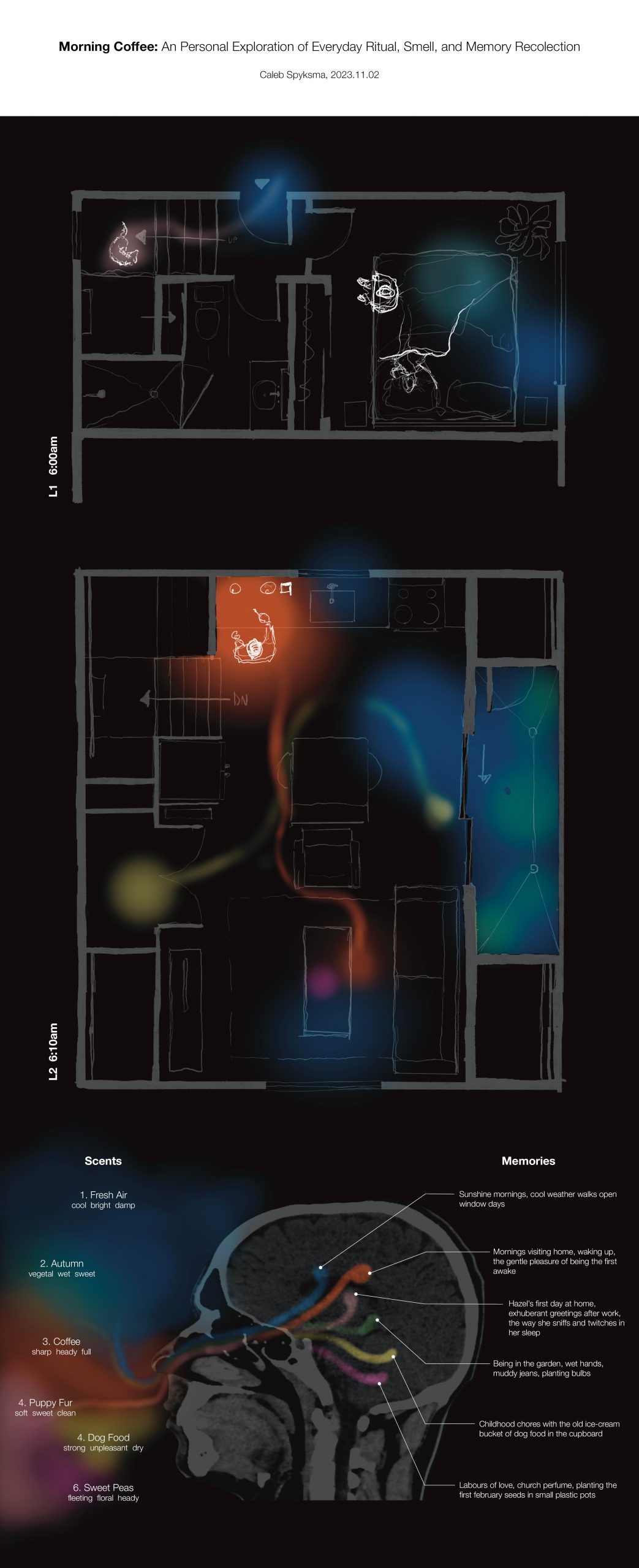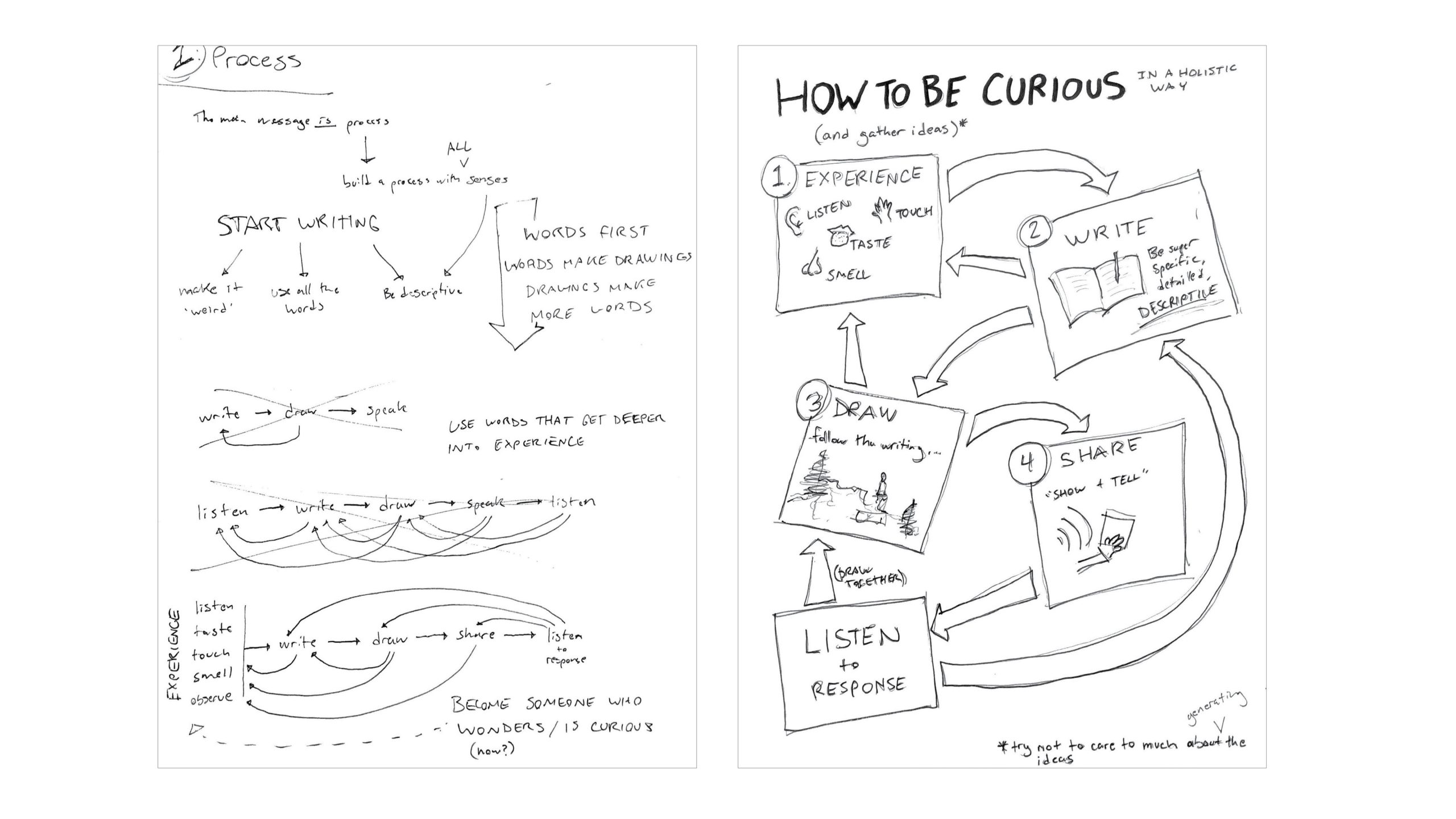Site analysis for me has always been a results-focused part of the design process – I go out there seeking answers and ideas, usually with my eyes. It’s extractive. But when I take my dog for a walk and I go past my neighbours boulevard garden to enjoy the gorgeous dahlias she grows, am I trying to extract something? The pleasure of that moment is in passive attention, not direct. When I enjoy a thimbleberry as I walk through an unexpected patch, or sit down for a meal with my family, is the richness of experience – enchantment – in the directed attention towards the extraction of sustenance and knowledge of its parts?
For the first assignment – simple line drawings, I sat on my deck in the sun as I fought off a bad cold and let passive attention reign. Loosely drawing what I felt, sometimes with words and sometimes lines – a seemingly unimportant if enjoyable exercise. But then the next sunny day, I was drawn to the deck in a different way – and not because my fever was gone. The space was richer to me for having drawn it in word and line, even as the tomatoes and basil collapsed in autumnal atrophy.
These noticing maps are one of my attempts to draw from passive attention alone. I sat for 10 or 15 minutes in a few locations around Van Dusen gardens and recorded as simultaneously as possible what I was experiencing across the senses. This resulted in a mash up of drawing, writing, and diagraming that amalgamated to create a sense of space without the express intent to represent it. I see a sense of narrative of the specific moment each drawing was made, the memory of which enriches each place when I return.
This drawing was at le Marche St. George, my neighbourhood café. I sat, listened, and watched for a while without marking anything on paper. But then when I tried to start with a line drawing and almost immediately began to actively analyze the systems, patterns, and spaces at play. The drawing does not fail – it makes me understand this frequented street corner in a new way – “fondly analytical.” It enriches in that very particular way that knowledge does. But it does not draw me there, it does not sweep me up into a story like eating the café’s warm croissants off tarnished silver plates outdoors on a bitter–cold morning as my partner and I wait for our coffees and for a table.
As the assignments moved away from visual focus, I ended up with drawings that analyzed – actively, visually – the passive multi-sensory experiences that I was having. This drawing works backward from flavours to seek out their sources, responding analytically to loose notes taken while at the table.
This drawing uses words. As the semester progressed, words became my gateway to passive attention, their pace, specificity, and peculiarity allowing me to return to and communicate the multisensorial experiences I had. For this very personal assignment I wrote about a typical first half-hour of my day, with as much detail and specificity as the experience required of me, focusing on smell. Then, I took what I wrote, spatialized it, and examined it. Out the words – or really, the smells, came explosions of memory. A simple morning ritual became enriched by old stories, people, moments, feelings – traveling from the nose, to words, to drawings, and back into the experience.
The course summary poster is a tentative attempt to reconcile directed and passive attention within a loose, responsive framework for curiosity. This course, by de-emphasizing my eyes, broke me out of an extractive view of site analysis, encouraged me to engage site first with no agenda, openly, expectantly. Simply experiencing rather than seeking ideas and only then returning to directed attention to unpack, examine and share. Now, as I look out at landscapes I know, I realize that before the knowledge came multisensorial enchantment. I hope that the spaces I have the privilege of designing respond not just to knowledge of site, but also to this richness.
